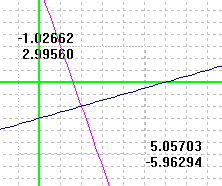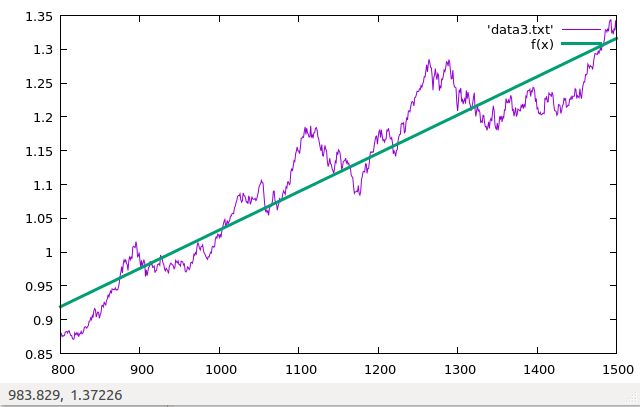
If possible I would like to avoid scripting, since I would like to be able to make edits interactively in gnuplot, rather than editing a script, running it, looking at the output, re-editing the script, running it, etc. Or if anyone has any ideas on defining/plotting functions with variable names, I'd also love to hear it. If anyone has any ideas on fitting multiple functions, I'd love to hear it. It occurs to me it may be that gnuplot doesn't seem to support the idea of defining functions with a variable, even though it would allow something such as: I've tried the following (after individually defining f1(x), f2(x), etc.):Īnd none of these seem to work. However, I'd also like to plot the fits, which doesn't seem to work with a for loop. Then I'd like to plot the data files, which I can do with a for loop: From the help it seems like the for loop iteration only works for plotting commands, and not for fit.įirst, I would like to fit all the data files to a function: Then I would like to plot all the data points and the accompanying fits on the same graph.

Then, from the File menu, you can open your saved work.ĭata can be imported from a text file. You can now close and then restart gnuplot.
#Gnuplot fit how to
You have to enter “.plt” extension yourself. Before describing how to use the fit command and the associated options, let me explain the context and define some specific. In the gnuplot window, select File/Save, then give your work a name: t This indicates which directory gnuplot is using. First, in the gnuplot window, select File / show Current Directory. You can save your work to a file load it again the next time you run gnuplot. Note that gnuplot uses ** to raise a number to a power. You can also define variables and functions. Gnuplot contains an implementation of the nonlinear least-squares (NLLS) Marquardt-Levenberg algorithm. With the up-arrows on your keyboard, you can recall previous entries and edit them. Gnuplot has the ability to fit a function containing parameters to a data file. This can be achieved using the fit command. Suppose you wanted to fit a best fit straight line y mx + c to a set of data points. Try fitting in the logarithmic domain, i.e. Gnuplot contains an implementation of the nonlinear least-squares (NLLS) Marquardt-Levenberg algorithm. Two ideas: You seem to have a considerable number of data points around (0,0) which look like artifacts and probably affect your fit. Splot sin(x) Using the mouse, grab the plot and move it around. Gnuplot has the ability to fit a function containing parameters to a data file. Do not use the console version you should see a screen like this.Īt the prompt, enter the following commands and see what happens:
#Gnuplot fit install
Install gnuplot on your machine, then work through the following exercises to gain a basic working knowledge of the environment. You probably already have this on your computer.

You will also need a basic text editor for creating and editing data files: Notepad (Windows), TextEdit (Mac), or emacs (Linux). When installing gnuplot, be careful to de-select any useless items like Yahoo! toolbars or other ad-ware.
#Gnuplot fit for free
The latest version can be downloaded for free from the following sites: It generates 2D and 3D plots of functions, data, and data fits.


Gnuplot is an open-source command-line program.


 0 kommentar(er)
0 kommentar(er)
